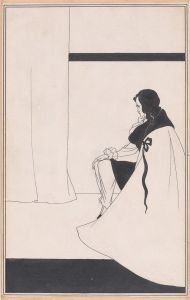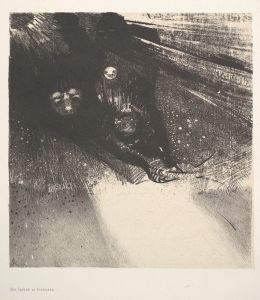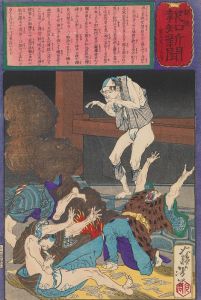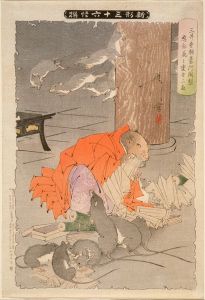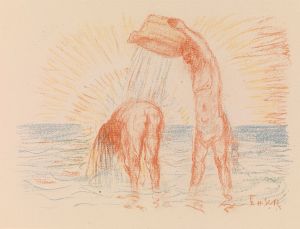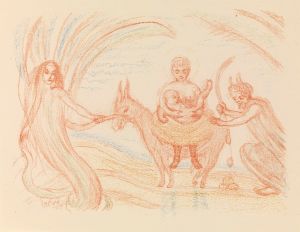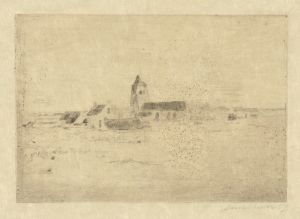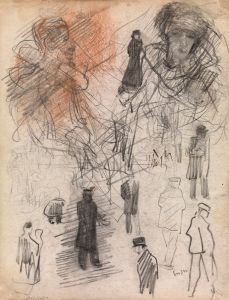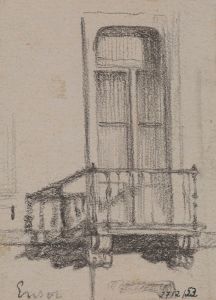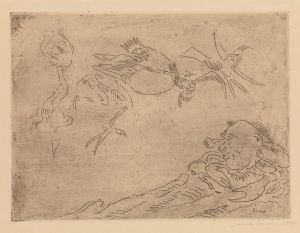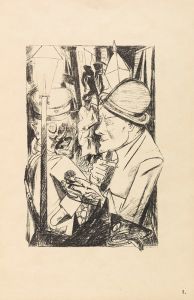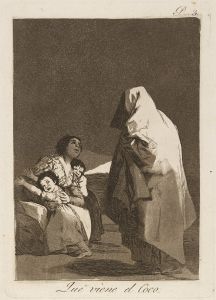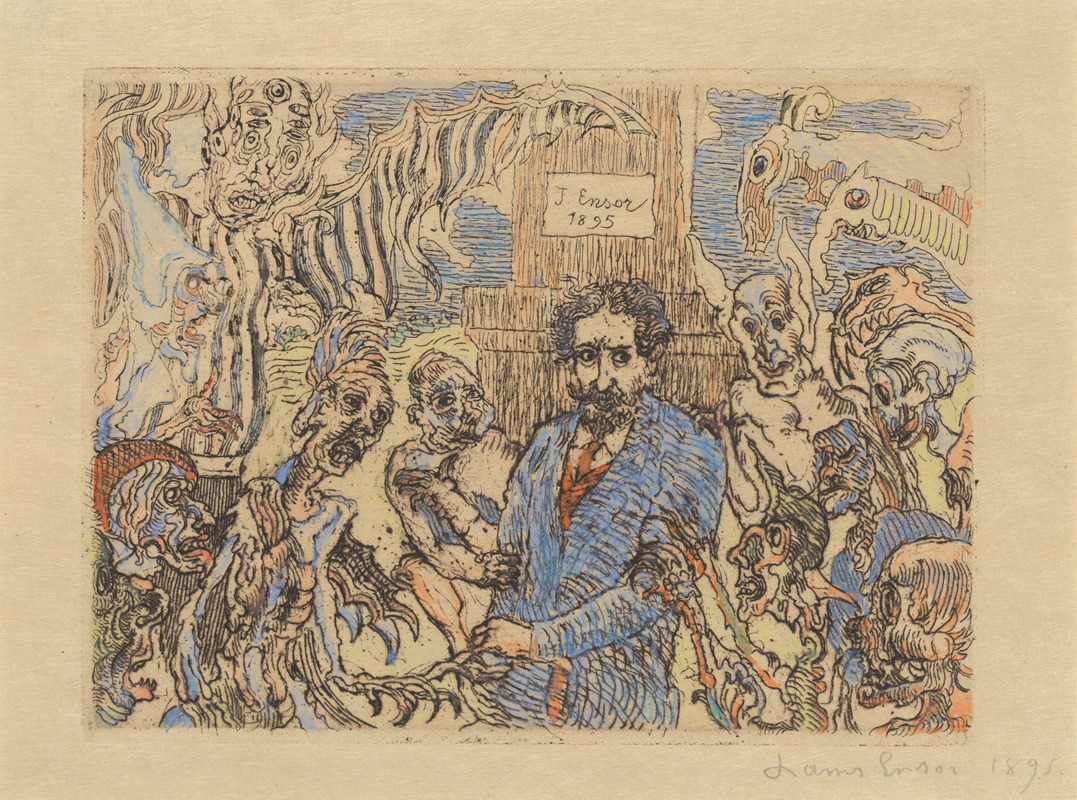
Duivels die mij sarren
A hand-painted replica of James Ensor’s masterpiece Duivels die mij sarren, meticulously crafted by professional artists to capture the true essence of the original. Each piece is created with museum-quality canvas and rare mineral pigments, carefully painted by experienced artists with delicate brushstrokes and rich, layered colors to perfectly recreate the texture of the original artwork. Unlike machine-printed reproductions, this hand-painted version brings the painting to life, infused with the artist’s emotions and skill in every stroke. Whether for personal collection or home decoration, it instantly elevates the artistic atmosphere of any space.
James Ensor's painting "Duivels die mij sarren" (translated as "Devils Tormenting Me") is a notable work by the Belgian artist, who is renowned for his unique style that blends elements of symbolism, expressionism, and surrealism. Ensor, born in 1860 in Ostend, Belgium, was a pivotal figure in the transition from the 19th-century artistic traditions to the more avant-garde movements of the 20th century. His work often features fantastical imagery, grotesque figures, and a vivid use of color, reflecting his fascination with the macabre and the absurd.
"Duivels die mij sarren" is emblematic of Ensor's thematic exploration of the human condition, particularly the inner turmoil and existential angst that he perceived in the world around him. The painting depicts a chaotic scene filled with devilish figures, a recurring motif in Ensor's oeuvre, which he used to symbolize the darker aspects of human nature and society. These figures are often portrayed in a satirical manner, reflecting Ensor's critical view of the social and political issues of his time.
Ensor's use of devils and other grotesque characters can be traced back to his interest in the carnival and masquerade traditions of his native Belgium. The carnival, with its masks and costumes, served as a metaphor for the duplicity and hypocrisy he saw in society. In "Duivels die mij sarren," the devils are depicted in a frenetic and unsettling manner, surrounding and tormenting the central figure, which can be interpreted as a representation of the artist himself or a broader symbol of humanity's struggle with inner demons.
The painting is characterized by Ensor's distinctive use of color and brushwork. He employs a vibrant palette, with bold contrasts and dynamic compositions that heighten the sense of chaos and tension within the scene. This approach not only captures the viewer's attention but also evokes an emotional response, drawing them into the psychological depth of the work.
Ensor's influence on modern art is significant, as he paved the way for later movements such as expressionism and surrealism. His willingness to confront uncomfortable truths and explore the darker sides of human experience resonated with artists who sought to break away from traditional artistic conventions. "Duivels die mij sarren" is a testament to Ensor's innovative spirit and his ability to convey complex themes through his art.
The painting is housed in various collections, reflecting its importance in Ensor's body of work and its enduring appeal to audiences and collectors alike. Through "Duivels die mij sarren," James Ensor continues to challenge viewers to confront their own fears and anxieties, making it a timeless piece that speaks to the universal human experience.





